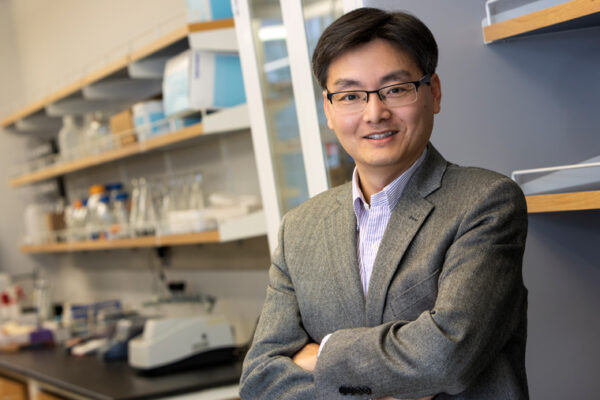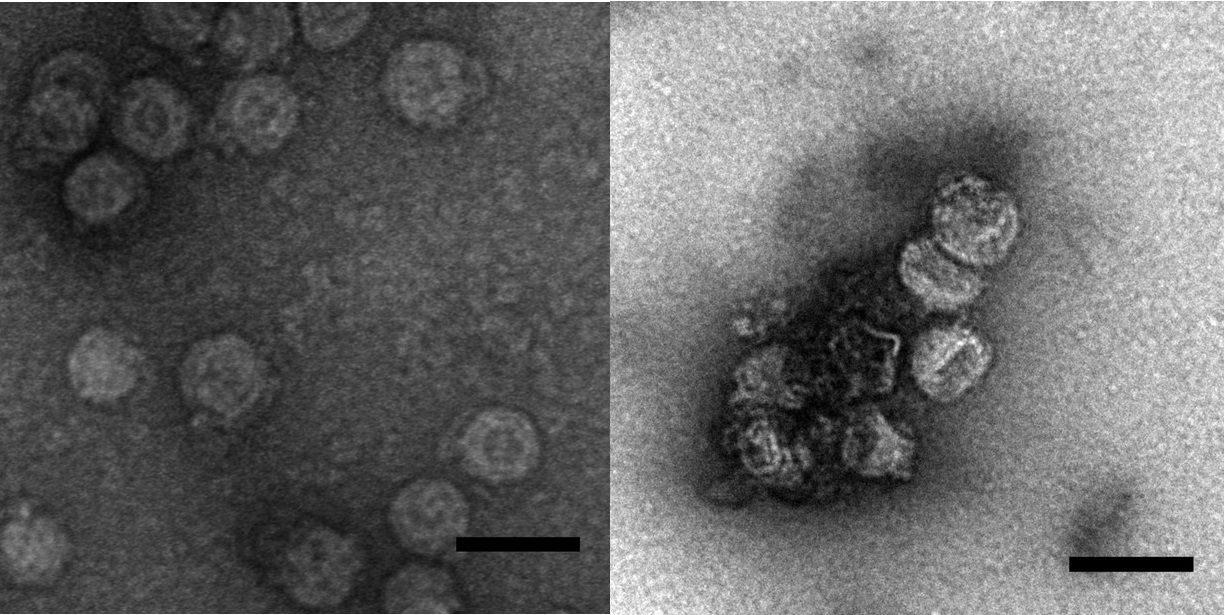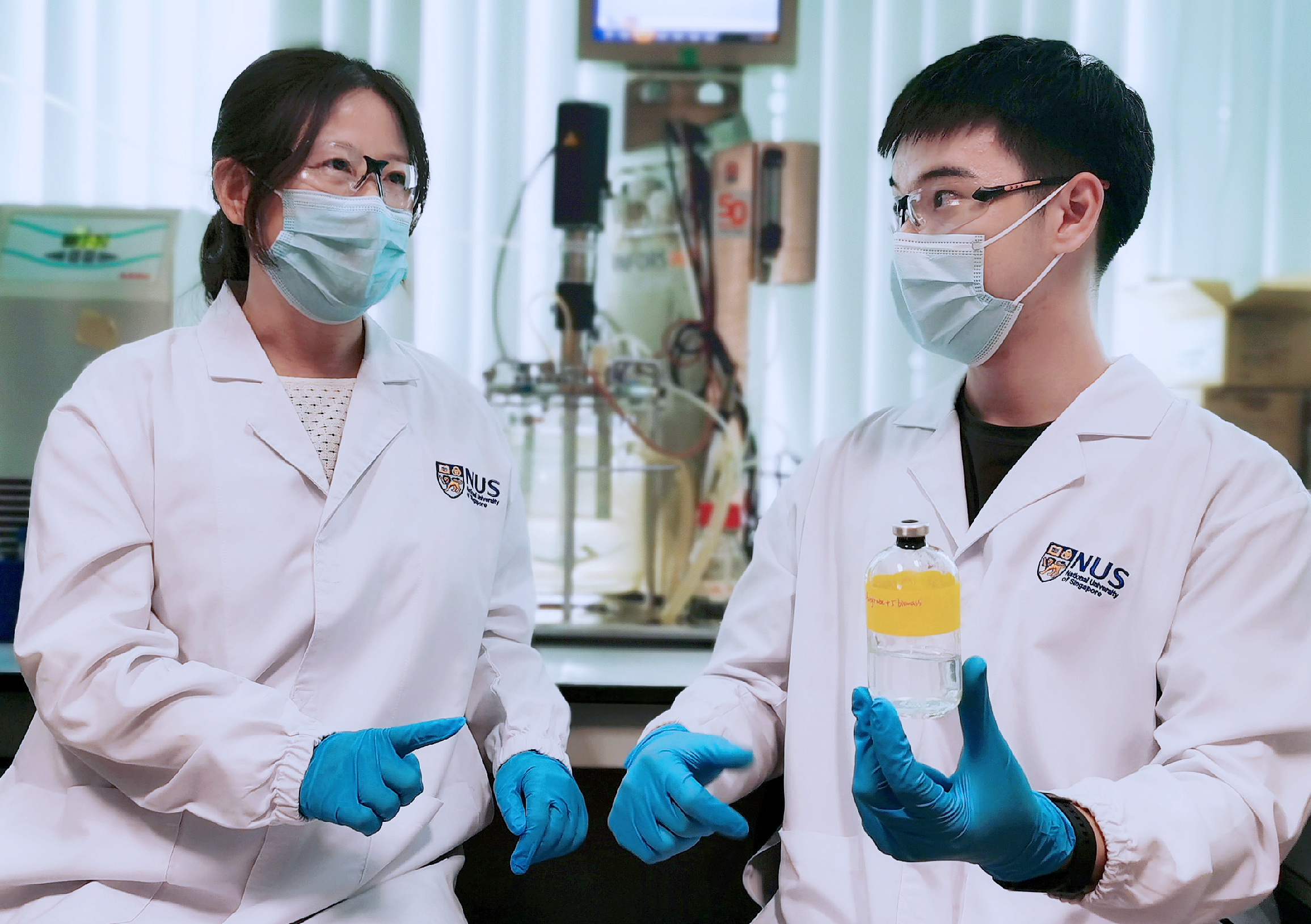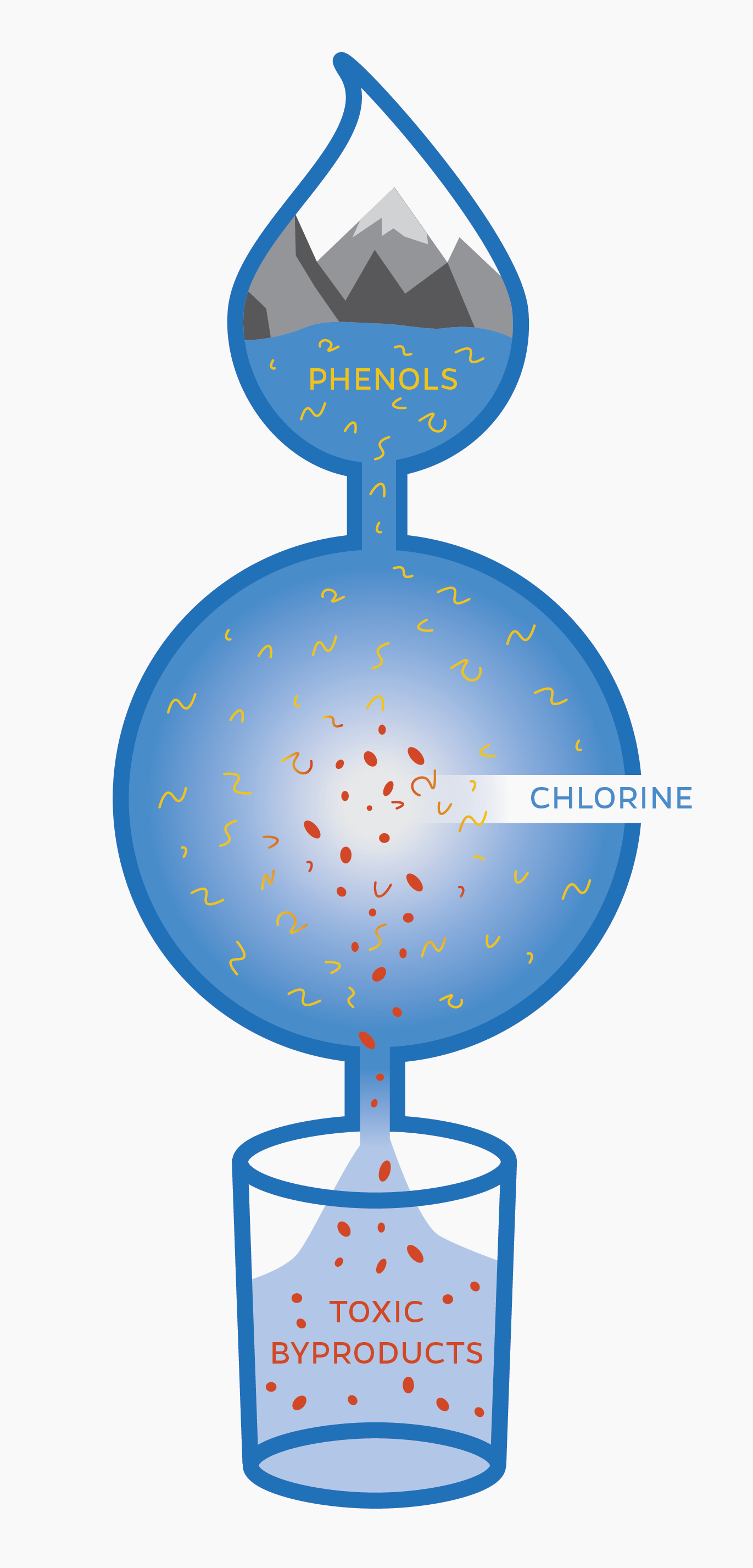A UNLV research team is developing sustainable water management solutions for rural arid areas in the U.S. and China, focusing on wastewater reuse through solar-powered treatment processes. The project aims to provide low-cost technologies for non-potable — and possibly potable — reuse in rural communities in both countries, addressing water scarcity and quality issues.
Tag: Water Treatment
Harnessing nature’s rhythm: piezocatalysis for organic pollutant degradation
In a pivotal advancement for environmental conservation, researchers have pioneered piezoelectric techniques to efficiently degrade organic pollutants in water. This green approach converts mechanical stress into catalytic action, offering a sustainable and efficient method for water purification without relying on external energy sources.
Cole-Parmer Re-launches Fluid Handling Product Line
Cole-Parmer, an Antylia Scientific company, is launching an all-new range of industry-leading fluid handling solutions initially comprised of tubing, fittings, parts, and accessories to suit a diverse array of research and production needs.
Pottery Becomes Water Treatment Device for Navajo Nation
Large chunks of the Navajo Nation in the Southwest lack access to clean drinkable water, a trend that has been rising in many parts of the U.S. in recent years. A research team led by engineers with The University of Texas at Austin is changing that.
Water for the World: University of Rhode Island researchers available for interview
Access to safe water, proper sanitation and hygiene are essential for human survival. As the United Nations convenes its first major conference on water quality since 1977, researchers at the University of Rhode Island are seeking better ways to provide potable water and stop pollution from contaminating water supplies.
Cleaner wastewater makes for healthier rivers
After Canadian cities upgraded their wastewater treatment plans, the amount of damaging nutrients released into rivers plummeted. The result: a major improvement in river health.
Wayne State and Great Lakes Water Authority to create workforce and laboratory center of the future
Wayne State University has received a $584,114 contract to develop a collaborative research project with the Great Lakes Water Authority (GLWA) to create a workforce and laboratory center of the future in Detroit.
New Filtering Method Promises Safer Drinking Water, Improved Industrial Production
Researchers create thin film polymer membranes capable of separating fluoride from chloride and other ions. Targeted ion selectivity by the filtering membranes could have important implications for water purification, environmental remediation and industrial production.
‘Nanojars’ capture dissolved carbon dioxide, toxic ions from water
Carbon dioxide dissolves in oceans, lakes and ponds, forming bicarbonate ions that can reenter the atmosphere as carbon dioxide later. Now, researchers have developed tiny “nanojars” that split bicarbonate into carbonate and capture it. They will present their results at ACS Fall 2021.

MTU engineers clean up water pollution with sunlight
In addition to providing vitamin D, helping flowers grow and creating the perfect excuse to head to the beach, sunlight also helps break down chemicals in streams, lakes and rivers. Michigan Tech’s Daisuke Minakata has developed a comprehensive reactive activity model that shows how singlet oxygen’s reaction mechanisms perform against a diverse group of contaminants and computes their half-life in a natural aquatic environment.

Wastewater treatment system recovers electricity, filters water
A new system developed in the lab of Zhen (Jason) He uses bacteria to filter wastewater while creating electricity.
Making swimming pools safer by reducing chlorine disinfection byproducts
Researchers reporting in ACS’ Environmental Science & Technology have found that using a complementary form of disinfection, known as copper-silver ionization (CSI), can decrease disinfection byproducts and cell toxicity of chlorinated swimming pool water.

Standard water treatment technique removes and inactivates an enveloped virus
Researchers reporting in ACS’ Environmental Science & Technology have discovered that a standard water treatment technique, called iron (III) coagulation, and its electrically driven counterpart, iron (0) electrocoagulation, can efficiently remove and inactivate a model enveloped virus.

Low cost chlorine dispensing device improves tap water safety in low-resource regions
Engineers have developed an inexpensive chlorine dispensing device that improves the safety of drinking water in remote and low resource regions at the point of collection. It requires no electricity and very little maintenance, and provides a quick and easy way to eliminate water borne pathogens.

NUS engineers found new multitasking microbe for simpler, cheaper and greener wastewater treatment
Researchers from NUS have discovered a new strain of bacterium that can remove both nitrogen and phosphorous from sewage wastewater. Their findings offer a simpler, cheaper and greener method of wastewater treatment.
Treating wastewater with ozone could convert pharmaceuticals into toxic compounds
Researchers have found that ozone treatment and subsequent chlorination can convert trace amounts of some pharmaceuticals in wastewater into DBPs called halonitromethanes.

What’s in Your Water?
Mixing drinking water with chlorine, the United States’ most common method of disinfecting drinking water, creates previously unidentified toxic byproducts, says Carsten Prasse from Johns Hopkins University and his collaborators from the University of California, Berkeley and Switzerland.

What’s in Puget Sound? New technique casts a wide net for concerning chemicals
Using a new “non-targeted” approach, University of Washington and UW Tacoma researchers screened samples from multiple regions of Puget Sound to look for potentially harmful compounds that might be present.